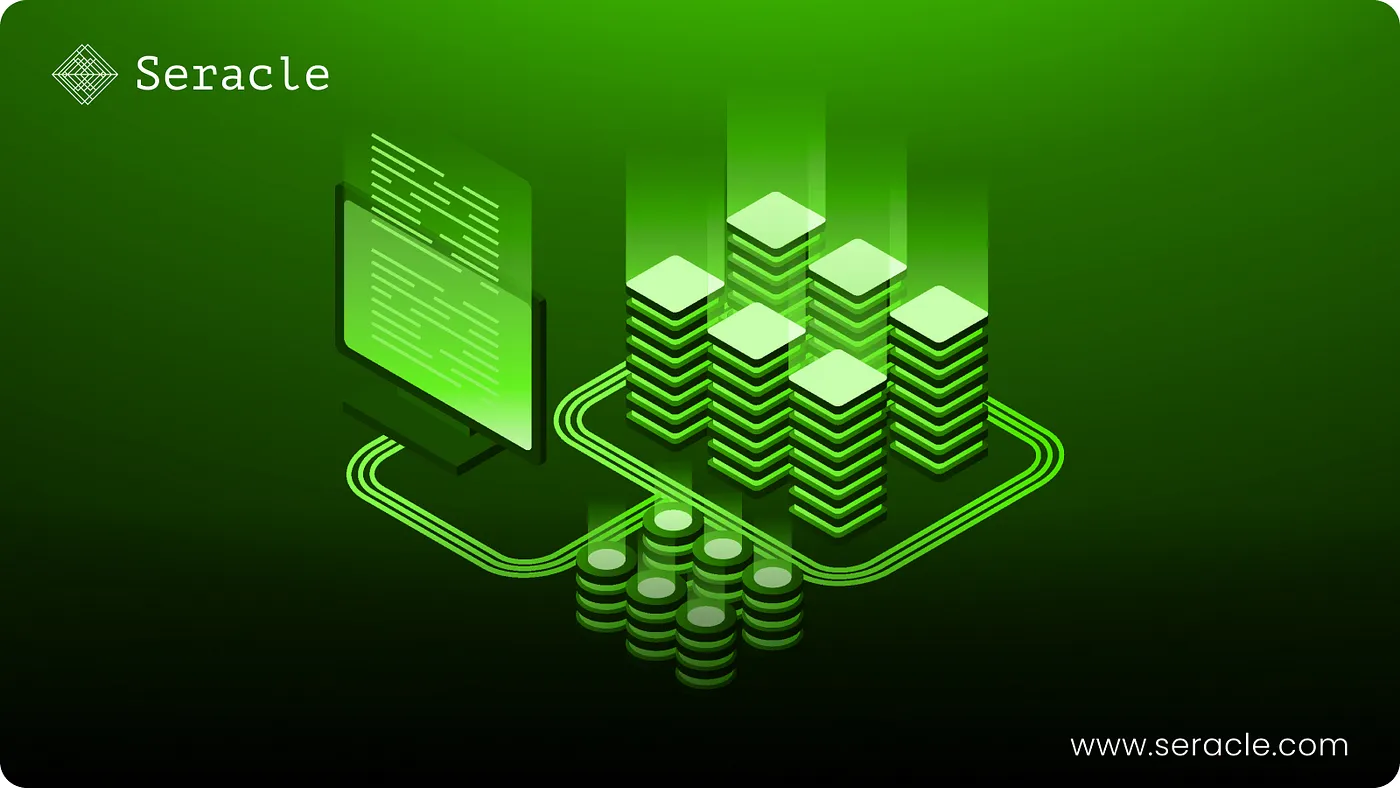Blockchain Scaling Solutions: Unveiling the Layers
Unlocking the true potential of blockchain networks demands a strategic approach to scalability. Enter Layer 1 and Layer 2 scaling solutions, revolutionizing the processing speed of cryptocurrency transactions.
Layer 1: Elevating the Foundation
Layer 1 scaling focuses on enhancing the core architecture of decentralized networks. Blockchains like Bitcoin, Ethereum, and Cardano fall into this category. Here, we witness updates that amplify the processing and security of cryptocurrency networks through tweaks such as block size adjustments, consensus mechanism upgrades, and innovative database partitioning, also known as sharding.
Layer 2: Building on Excellence
Layer 2 scaling introduces agile protocols layered atop Layer 1 solutions. Think of it as adding a turbo boost to the existing infrastructure. Examples include Polygon, seamlessly integrated with Ethereum, and Bitcoin’s Lightning Network.
Scaling Solutions Unveiled
Layer 1 Solutions:
- Increased Block Size: Bitcoin Cash’s success story unfolds as it upscaled its block size, enabling the processing of over 100 transactions per second compared to Bitcoin’s seven transactions per second.
- Updated Consensus Mechanism: Ethereum’s shift from proof-of-work to proof-of-stake showcases a dynamic consensus mechanism. It leverages a lottery system, replacing the energy-intensive PoW with a more eco-friendly approach.
- Sharding: Breaking up the blockchain database into smaller segments allows simultaneous transaction processing, effectively boosting the overall capacity of Layer 1 networks.
Layer 2 Solutions:
- Rollups: Bundling transactions into a single entity enhances processing efficiency. Transactions occur off-chain, then seamlessly integrate into the main chain.
- Side Chains: Independent blockchain networks processing transactions in parallel, exponentially increasing transaction-processing power. Trust in the side chain network and the connecting bridge is crucial.
- State Channels: Transactions are recorded off-chain, grouped, and then broadcasted as a completed “state” to the main blockchain network. Bitcoin’s Lightning Network operates on this principle.
Scalability in Crypto: Navigating the Future
As blockchain networks face increasing demand, Layer 1 and Layer 2 scaling solutions emerge as the heroes, ensuring stable and efficient transaction processing. The scalability of cryptocurrencies hinges on these innovative solutions, promising a future where handling a high volume of transactions is seamless and swift.
Conclusion:
Seracle’s innovative approach represents another stride towards creating a robust and efficient blockchain ecosystem, contributing to the ongoing narrative of scalability and innovation in the world of decentralized technologies. In conclusion, the collaborative efforts of Layer 1 and Layer 2 scaling solutions, coupled with advancements by platforms like Seracle, paint a promising picture for the future of blockchain scalability. As the crypto community continues to navigate the evolving landscape, these solutions pave the way for a seamless and swift transaction experience, unlocking the true potential of decentralized networks.

